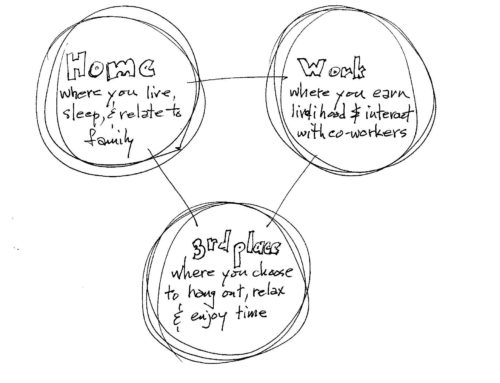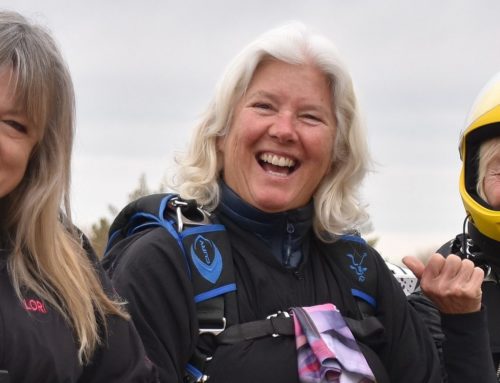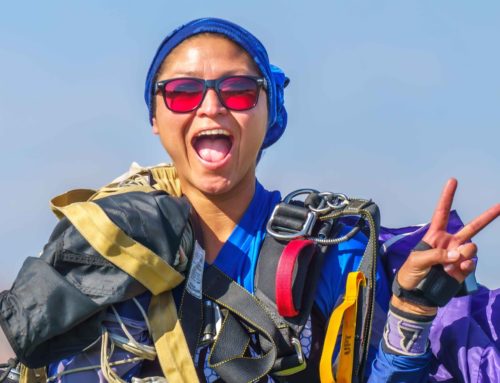Getting Back in the Air Safely
Has life thrown something unexpected at you like a pandemic, an injury or illness, a move, a new job, or maybe a baby?
Regardless of the reason, if you find yourself uncurrent in a sport you long to return to… What’s your first step? Below you’ll find some helpful information to assist you in getting back to your old jumping self in the safest way possible.
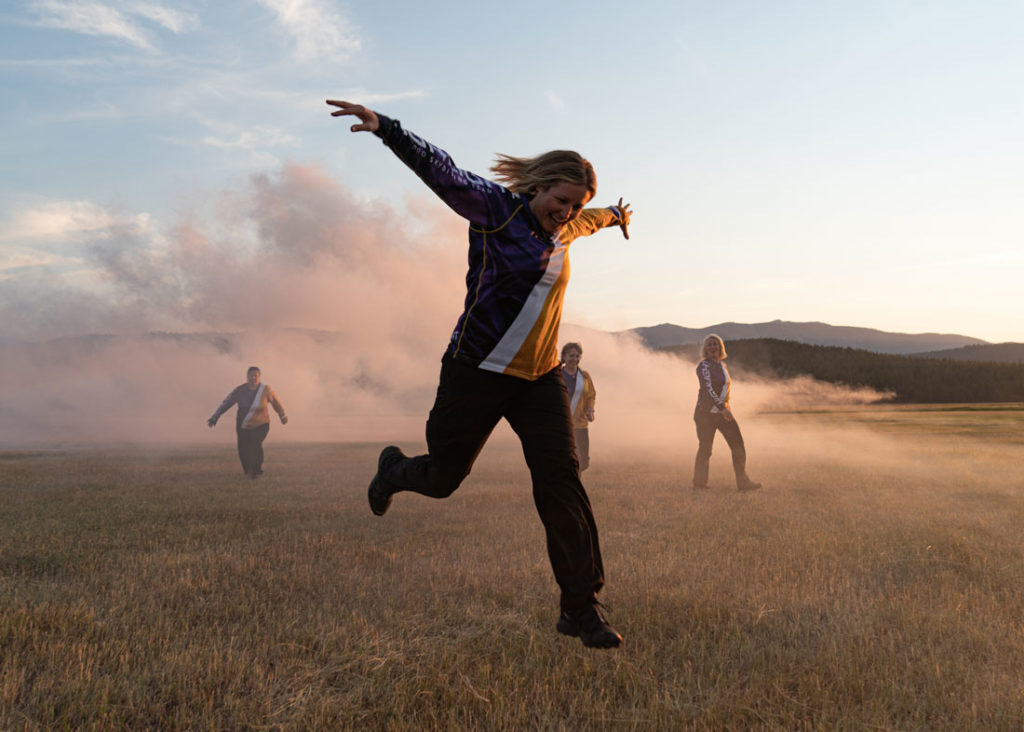
How uncurrent are you?
The United States Parachute Association follows these parameters for determining currency:
A-licensed jumpers who have not made a skydive within the last 60 days, B-licensed jumpers who have not made a skydive within the last 90 days, and C and D-licensed jumpers who have not made a skydive within the last 180 days should make a supervised refresher jump with a licensed instructor.
Can you have a D-license and feel uncurrent if you haven’t made a jump in the last 2 months? Absolutely. Should you approach your return to the sport with extra caution? Definitely.
There are a number of things you can do at home to start preparing yourself to get current before you set foot back on the DZ: Check your gear, read the Skydiver’s Information Manual (SIM), and visualize making your next jump.
If you have your own equipment you should do a thorough gear check to verify that all of your components are in good repair and functional. Check to see if your reserve is in date (the FAA requires a repack by an FAA-certificated rigger every 180 days). If not, you’ve got an excellent opportunity to gear up and go through your emergency procedures as if you were actually experiencing a malfunction, since you will soon be meeting up with your Rigger to have your reserve repacked. If your reserve is in date, you can check that part of your gear off as ready to go and move on down the list. Run your AAD through its cycle to check it is in working order. Is your main canopy a safe size for you to jump? Are there any spots on your harness or container that seem worn? If anything stands out to you, make sure to mention it to your Rigger. Double-check that your digital altimeters have working batteries. Clean the snotty haze off your goggles or helmet lens. You might as well try on your jumpsuit while you’re at it. There’s nothing like realizing you are not able to zip your suit up while standing around with all of your friends.
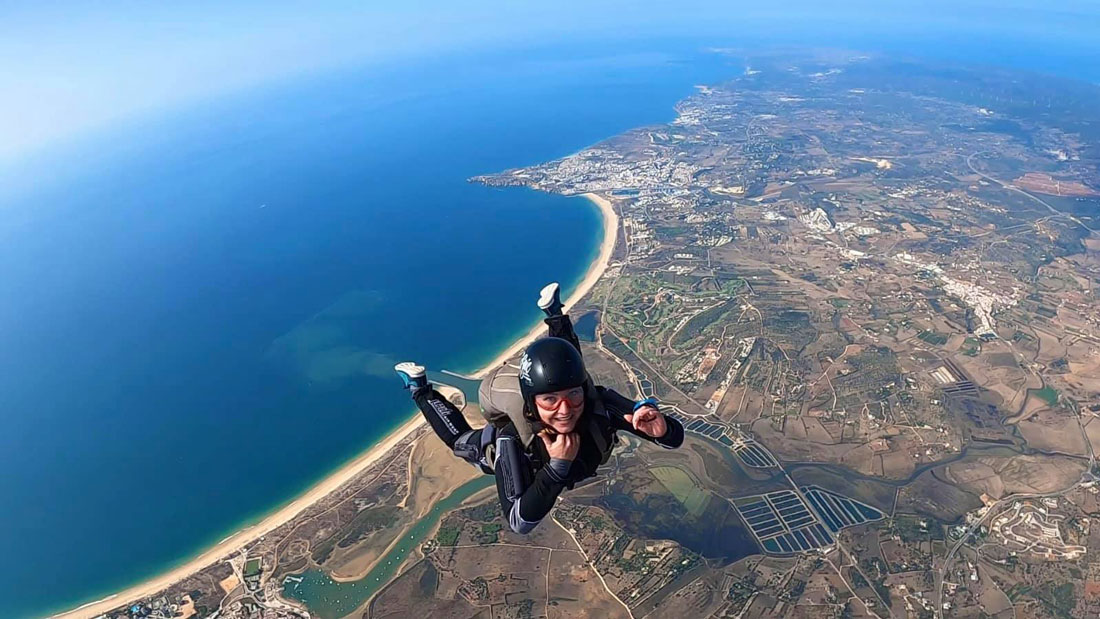
One of your best resources is the SIM. The USPA maintains revisions of the SIM and has the most current version of it available for download on their website. Go ahead and read the whole thing if you want, but you’ll want to pay particular attention to Section 5: General. Section 5 will take you through emergencies, recurrency training, equipment, safety checks and briefings, weather, aircraft, and spotting. As you can see, it’s a pretty thorough list and will help get you in the right mindset to get back in the air.
Speaking of mindset, your brain is a powerful thing, and using the tool of visualization will have a positive impact on your performance, coordination, and concentration. All good things in our sport!
Long-time successful competitor, coach, and mentor Pete Allum recommends visualizing your entire experience before getting there. The entire experience, your drive to the DZ, pulling into a spot in the parking lot, gathering your gear, the smell of jet fuel, heading to manifest… you get the picture. A clever practice he endorses is to grab your computer and pull up an aerial image of your DZ and the current winds aloft report. Then use those tools to make your visualization process as realistic as possible and plan your jump as if it is really happening. What heading should you maintain? What altitude are you pulling at? What is your decision altitude? Where is your holding area? What altitude will you begin your pattern? Plan the answers to these questions and then visualize performing them.
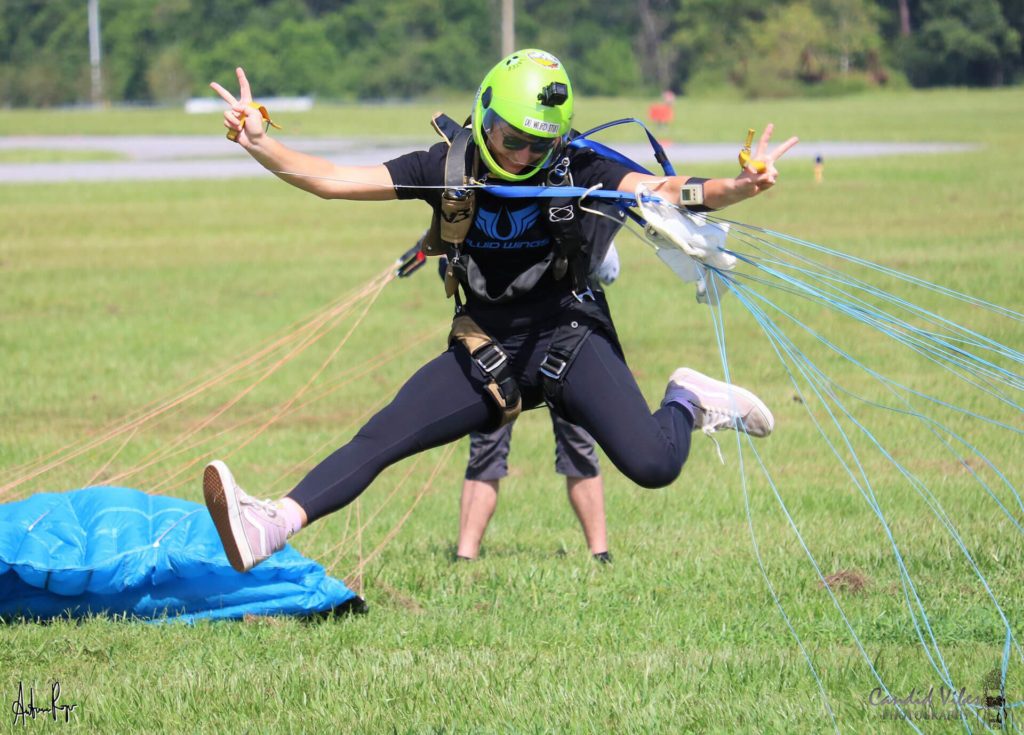
For many of us, skydiving is a competitive sport. We build teams with the mission to train hard together to compete in competitions. With so many different disciplines the opportunities for progression are endless. Having ambitions and goals within the sport give us drive and purpose, pushing the boundaries of the sport and allowing us to overcome our own personal boundaries too.
Personal Development
After you have done your homework, call the DZ and see what their requirements are to get you back in the air. The most likely situation, if you are a licensed skydiver, is that you will do a recurrency or recertification jump with an instructor. Your performance will dictate how you move forward, but one thing is for sure, be steady and take it slow with your first 20 or so jumps.
Join us in the WSN private FB group if you have any other questions or are simply looking for some moral support. We are always in this together, welcome back!

